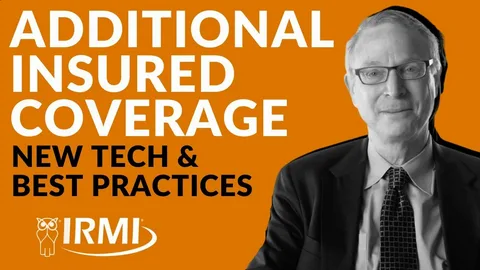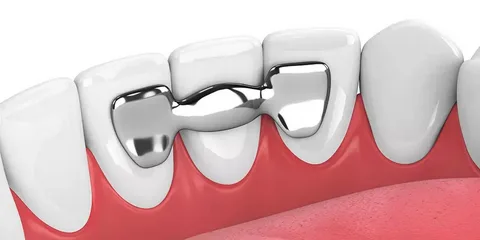
Get Insurance to Pay for Eyelid Surgery Considering eyelid surgery but worried about the cost? If your procedure is medically necessary, there’s a chance your insurance might cover it. In this comprehensive guide, we’ll walk you through the steps to get your insurance to pay for eyelid surgery, helping you understand the criteria for coverage and how to navigate the claims process.
Understanding Eyelid Surgery
Types of Eyelid Surgery
Eyelid surgery, or blepharoplasty, can be performed on the upper eyelids, lower eyelids, or both. It aims to remove excess skin, muscle, and sometimes fat to improve the appearance or function of the eyelids.
Cosmetic vs. Medical Reasons for Surgery
While many people seek eyelid surgery for cosmetic reasons, such as reducing signs of aging, the procedure can also address medical issues. These include impaired vision due to drooping eyelids or difficulty closing the eyes properly.
Criteria for Medical Necessity
Visual Impairment
One of the primary reasons insurance may cover eyelid surgery is if drooping eyelids significantly impair your vision. This is often determined through visual field testing, which measures the extent of your peripheral vision.
Functional Issues
Functional issues like difficulty reading, driving, or experiencing eye strain and discomfort can also make the surgery medically necessary. Your surgeon must document these issues clearly.
Documentation Requirements
To prove medical necessity, you need thorough documentation, including a detailed medical history, visual field tests, and photographs showing the extent of the problem.
Consultation with a Specialist
Choosing the Right Surgeon
Selecting a board-certified plastic surgeon or ophthalmologist experienced in eyelid surgery is crucial. They can accurately diagnose your condition and provide the necessary documentation for insurance.
Initial Consultation and Examination
During your consultation, the surgeon will evaluate your eyelids, conduct necessary tests, and discuss your symptoms. They will also explain the surgery’s benefits and potential risks.
Obtaining Medical Documentation
Ensure your surgeon provides detailed documentation, including a letter of medical necessity, results from visual field tests, and photographs. This evidence is critical for your insurance claim.
Insurance Coverage for Eyelid Surgery
Types of Insurance Plans
Different insurance plans have varying coverage for medically necessary surgeries. Review your plan’s details to understand what is covered and any specific requirements for approval.
What Insurance Typically Covers
Insurance may cover the cost of the surgery, pre-operative tests, and post-operative care if the procedure is deemed medically necessary. Cosmetic aspects of the surgery are usually not covered.
Exclusions and Limitations
Insurance policies often have exclusions and limitations. Cosmetic procedures and elective surgeries are typically excluded unless they are linked to medical necessity.
Preparing Your Insurance Claim
Gathering Necessary Documents
Collect all necessary documents, including medical records, a letter of medical necessity, visual field test results, and photographs. Detailed and organized documentation strengthens your claim.
Writing a Letter of Medical Necessity
Your surgeon will write a letter of medical necessity, explaining why the surgery is essential for your health. This letter should detail your symptoms, the impact on your daily life, and how the surgery will address these issues.
Including Before-and-After Photos
Photos showing the severity of your condition can be compelling evidence. Include clear, high-quality images taken by your surgeon or another medical professional.
Submitting Your Claim
Steps to Submit the Claim
- Contact Your Insurance Company: Verify the submission process and required forms.
- Complete the Forms: Fill out all necessary insurance claim forms accurately.
- Attach Documentation: Include all supporting documents, such as the letter of medical necessity, test results, and photographs.
- Submit the Claim: Send your claim package to the insurance company, following their submission guidelines.
Communicating with Your Insurance Company
Maintain regular communication with your insurance company. Confirm they have received your claim and inquire about the processing timeline. Be proactive in providing any additional information they may request.
Follow-up and Persistence
Insurance claims can take time. Follow up regularly, and don’t hesitate to contact your insurer for updates. Persistence is key to ensuring your claim is processed efficiently.
Dealing with Denied Claims
Common Reasons for Denial
Claims can be denied for various reasons, such as insufficient documentation, the insurer not deeming the procedure medically necessary, or missing information.
Steps to Appeal the Decision
- Review the Denial Letter: Understand the reasons for denial.
- Gather Additional Evidence: Obtain further documentation to support your case.
- Submit an Appeal: Write an appeal letter addressing the denial reasons and include additional evidence.
- Follow Up: Stay in contact with your insurance company throughout the appeal process.
Providing Additional Evidence
Additional evidence, such as more detailed test results or further medical opinions, can strengthen your appeal. Ensure all new documents directly address the reasons for the initial denial.
Tips for a Successful Claim
Clear and Thorough Documentation
Thorough documentation is vital. Ensure all medical records, letters, and test results are clear, detailed, and well-organized.
Regular Communication with Your Surgeon and Insurance Company
Stay in close contact with both your surgeon and insurance company. Regular updates and communication can help address any issues promptly and keep the process moving smoothly.
Understanding Your Insurance Policy
Understanding your insurance policy’s specifics, including coverage terms, exclusions, and the claims process, can help you navigate the process more effectively.
Alternatives if Insurance Won’t Cover
Financing Options
If insurance doesn’t cover your surgery, consider financing options such as personal loans or healthcare-specific financing plans.
Payment Plans
Many surgeons offer payment plans that allow you to spread the cost of the surgery over several months, making it more affordable.
Medical Credit Cards
Medical credit cards like CareCredit can be used to finance elective surgeries. These cards often offer interest-free periods or low-interest rates for medical expenses.
Legal and Ethical Considerations
Honesty in Presenting Your Case
Always be honest when presenting your case to your insurance company. Misrepresenting your condition can lead to legal issues and insurance fraud accusations.
Legal Rights Regarding Insurance Coverage
Understand your legal rights regarding insurance coverage. If you believe your claim was unfairly denied, you may have the right to appeal or seek legal advice.
Ethical Considerations in Medical Necessity Claims
Ensure that your claim genuinely reflects a medical necessity. Ethical considerations are important, and false claims can have serious repercussions.
Conclusion
Navigating the insurance process for eyelid surgery can be complex, but understanding the criteria for medical necessity and following the right steps can improve your chances of coverage. Thorough documentation, regular communication with your surgeon and insurance company, and persistence are key to a successful claim. If insurance doesn’t cover your surgery, explore alternative financing options to make the procedure more affordable.






